More About Ecuador
Before coming to Ecuador we recommend you spend time researching the country, the city of Quito and the locations you'll visit during your program. That way you'll be able to make the most of your experience when you're here.
High in the Andean mountain range, you’ll find the capital city of Quito. Quito combines modern infrastructure with centuries of history and culture, making it an ideal study abroad destination.
The metro area fills the space between lush mountains (and a couple of volcanoes), creating a gorgeous setting for living and exploring. Quito provides many options for learning and entertainment, and students are encouraged to explore their interests - and develop new ones. This is a wonderful place for music, architecture, hiking, food, dancing, and sports.
A google search for Ecuador will reveal quite a bit of information about the country, the geography, politics and much more.
We encourage you to learn the basics and then investigate something that interests you personally about Ecuador. For example, if you're interested in music investigate the music scene in Quito and Ecuador.
Weather/Climate
The climate in Quito, Ecuador is quite mild with very little change throughout the year. We caution you when looking at online weather reports (from the app on your phone, for example) because they can be very misleading.
Here is a fun blog post we did about The Truth About the Weather in Quito, Ecuador - it'll give you a good idea about a typical day in Quito as well as how the weather reports can be a bit off.
Travel Books
Although much information can be found online, our students still find travel books handy. They are packed full of useful information for prior to departure as well as after arrival. And, they only make you look like a tourist if you read them in public. (ja ja ja)
When picking out a travel book make sure it has been published or updated in the last 1-4 years (some sold online can be quite outdated.)
Useful websites:
Safety and Security
Safety and security information, instructions and recommendations will be covered extensively in your pre-departure materials as well as your on-site orientation when you arrive in Quito.
The following are some basic tips to keep in mind when spending time in Quito and Ecuador:
For the most part, Quito is a safe city. However, there is poverty which creates pick-pocketing and petty crime. When going out, especially in crowded areas of the city please follow these recommendations:
- Do not wear valuable jewelry
- Do not carry your passport (keep a copy with you instead)
- Do not carry unnecessary items like your ID from the U.S., credit cards you won’t use, etc.
- Only carry the money you will spend and keep all valuables in a money belt worn underneath your clothing
- Do not go out alone at night or in more dangers parts of the city (these locations will be explained during orientation)
- Do not accept flyers being handed out on the street (some of these may be laced with narcotics)
- Do not approach stray dogs, even puppies
Many families and businesses hire private guards who are stationed along the streets, and have expensive locks and alarm systems. You will also see many people begging on the streets, including children.
Most female students report that they receive frequent comments, hissing or whistling from males while walking on the street: some comments are flattering and some are degrading. The best way to deal with any of these comments is to ignore them and continue walking. To respond in any way would be to invite further attention.
Did you know?
The equator runs through Ecuador - ‘Ecuador’ means equator in Spanish.
The Galápagos Islands are part of Ecuador.
Quito is the highest official capital city in the world at 9,350 ft above sea level.
Quito and Krakow, Poland were the first two cities designated as UNESCO world-heritage sites in 1978.
Ecuador’s currency is the U.S. dollar.
An important indigenous language is kichwa.
The ‘Panama Hat’ was invented in Ecuador and many high-quality straw hats are made in there.
Ecuador is divided into four very unique geographic regions: La Costa or “the coast”; La Sierra or “the highlands”; La Amazonía, also known as El Oriente or “the east”; and La Región Insular, the region comprising the Galápagos Islands.
About 120 species of hummingbirds have been identified in Ecuador.
The weather in Quito is spring-like all year around - never very cold and never very hot.
Each Sunday, a portion of Quito’s city streets are closed to cars so that quiteños can enjoy a day of riding bicycles around the city.
The top of the Chimborazo mountain outside Quito is the closest point on earth to the sun.
Because Quito is so close to the equator, you will see your shadow right below you at noon each day.
Ecuador is a major exporter of cocoa beans and roses.
Keep reading about Quito and Ecuador on the Before Arriving in Ecuador page.

